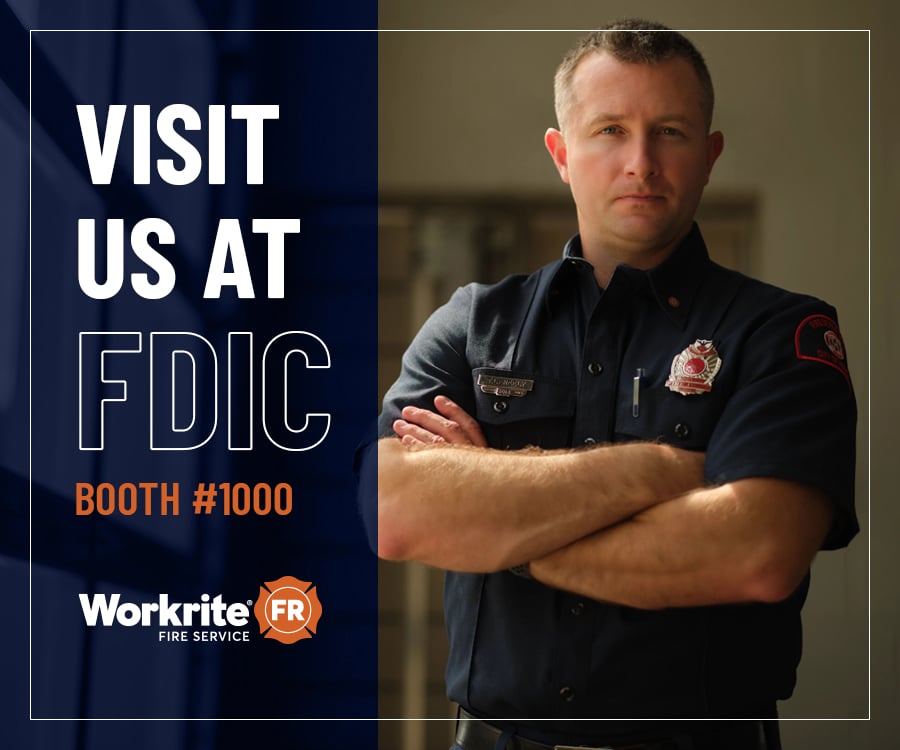The Healthy Firefighting Heart

By Jim McDonald
Let’s break down VO2 Max (and METs), decoded. A MET is a Metabolic Equivalent of a Task. It’s an objective measure of the ratio of the rate at which a person expends energy, relative to his or her mass while performing some specific physical activity compared to a reference. That reference is set by convention at 3.5 mL of oxygen per kilogram per minute, which is roughly equivalent to oxygen consumed when sitting quietly at rest.
More simply put, it’s a measurement of how hard you’re working compared to when you are at rest. For example, a typical human sitting quietly will consume 1 MET (3.5 ml/kg/min) of oxygen. The standard for active duty firefighters is 12 METs or 42 ml/kg/min: 12 times more oxygen consumed than while at rest.
What is VO2 MAX?
VO2 max is a measurement of how efficiently an individual’s body utilizes oxygen during a sustained period of maximum effort. In other words, it’s a proxy for a measurement of cardiovascular fitness. The standard of 12 METs is the same as a VO2 max of 42 ml/kg/min.
The average sedentary (inactive) male achieves a VO2 max of about 35 to 40 mL/kg/min. If you look at the firefighter standard of 42 ml/kg/min, you’ll see it’s not much higher than a sedentary individual. This standard is easily achievable with moderate activity and a basic fitness program.
Why is it important?
These standards were initiated to ensure that personnel are ready to perform their jobs, recover better when hurt, reduce those injuries, have long careers and hopefully enjoy retirement. Firefighting is a physically and mentally demanding occupation that requires strong cardiovascular fitness. We all know when it’s go time, you have to be ready! The body needs to be in the best possible physical state of readiness to be able to perform and then recover from the tasks required of the job.
A fire doesn’t care if a firefighter is 20 years old or 60, male or female. The people needing to be saved don’t care either. Someone trapped in a car doesn’t care. In every circumstance, those we’re rescuing care only that we’re performing at our best to get them out of the worst situation of their lives.
- According to NFPA 1582, an aerobic capacity less than 12 METS (42 ml/kg/min) is considered a “medical condition” for a firefighter. An individual with a VO2 max less than 42 ml/kg/min is 2.2 times more likely to incur an injury than those above 42 ml/kg/min.
- Substantiation: Numerous scientific studies have demonstrated that the aerobic capacity required to perform firefighting tasks during simulated fire conditions is at least 12 METs (42 ml oxygen/kg/min). Aerobic capacity less than 12 METs interferes with the candidate’s ability to safely train to be a firefighter and to safely perform essential job tasks.
The VO2 MAX is the most scientifically accurate way to measure cardiovascular health and fitness in combination with other helpful parameters such as HR training zones, lactate threshold, respiratory exchange ratio (RER). What type of fuel your body is burning, e.g. carb, fat, protein – and other valuable information exercise physiologists use. This information is important in ensuring that your future training sessions are effective. If you’re going to train, do so to the specific requirements of your body and make the most of your time in the gym or training center.
RECOMMENDED GUIDELINES:
- Healthy adults aged 18 to 65 should participate in moderate-intensity aerobic physical activity for a minimum of 30 minutes, five days per week, or vigorous-intensity aerobic activity for a minimum of 20 minutes, three days per week.
- Every adult should perform activities that maintain or increase muscular strength and endurance a minimum of two days per week.
Podcast
Contests & Promotions
















